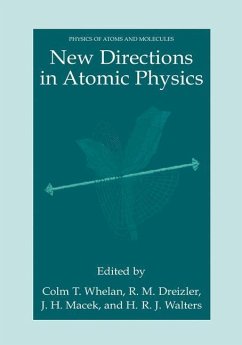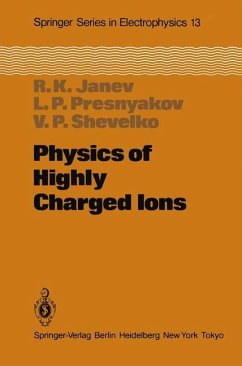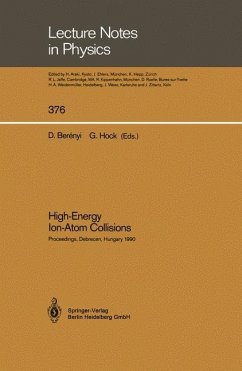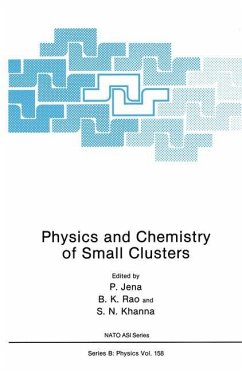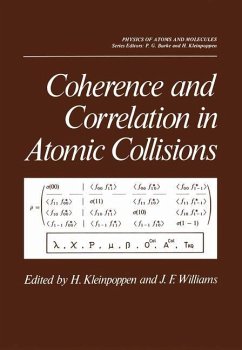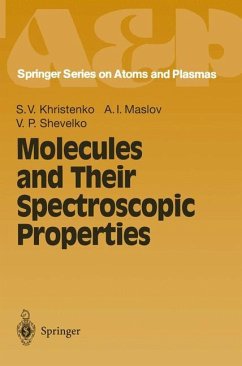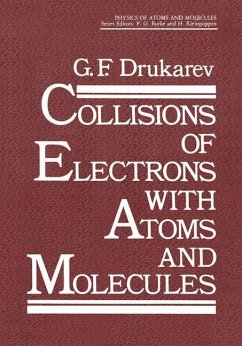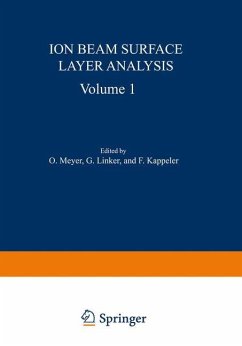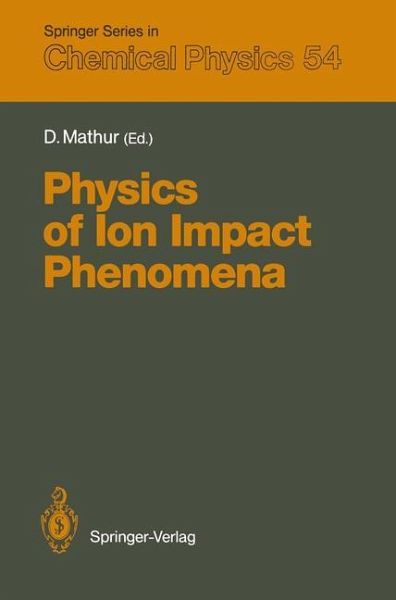
Physics of Ion Impact Phenomena
Versandkostenfrei!
Versandfertig in 1-2 Wochen
39,99 €
inkl. MwSt.

PAYBACK Punkte
20 °P sammeln!
During the last ten years an unprecedented effort has been directed towards study of the dynamics of ion collision phenomena in the gas phase, usually with a view to applications in diverse areas, ranging from fusion reactors and lasers to ionospheric and interstellar chemistry and gaseous electronics. The principal aim of this volume is to present a succinct overview of contemporary interests and trends in the field of low energy ion-electron and ion-atom (molecule) collision physics, with emphasis on fundamental aspects. Researchers and students will become acquainted, in a general and fairl...
During the last ten years an unprecedented effort has been directed towards study of the dynamics of ion collision phenomena in the gas phase, usually with a view to applications in diverse areas, ranging from fusion reactors and lasers to ionospheric and interstellar chemistry and gaseous electronics. The principal aim of this volume is to present a succinct overview of contemporary interests and trends in the field of low energy ion-electron and ion-atom (molecule) collision physics, with emphasis on fundamental aspects. Researchers and students will become acquainted, in a general and fairly non-specialized fashion, with recent progress in this area of continuing intense activity. The material is divided into two parts, dealing with atomic ions and molecular ions. Each of the nine chapters has been prepared by authors who are amongst the most eminent practitioners of contemporary ion collision physics. The book is dedicated to Professor J.B. Hasted, one of the pioneering workers who, in the course of his forty year career, helped establish atomic collision physics as a field in its own right.



